One of the most enduring popular movements of 2018 has been the ongoing Great March of Return in the besieged Gaza Strip.
Since 30 March, thousands of Palestinians in the small coastal territory have demonstrated along the boundary with Israel, demanding the implementation of Palestinian refugees’ right of return and an end to the crippling 11-year siege of Gaza.
But such high-scale mobilisation has come at a high cost: according to Middle East Eye’s calculations, 190 Palestinians were killed by Israeli forces within the scope of the demonstrations between 30 March and 30 November – equivalent to one Palestinian killed every 31 hours in eight months.
The numbers exclude more than 50 victims of air strikes or other Israeli military actions when demonstrations were not taking place.
The death toll peaked on 14 May – the day the US opened its embassy in Jerusalem – when 68 people were killed.
During that same time frame, more than 25,000 Palestinians were wounded by Israeli forces in Gaza, according to the UN Office for the Coordination of Humanitarian Affairs. One Israeli soldier was also killed within the context of the March.

The Gaza Ministry of Health has identified and released the names, ages, and towns of Palestinians killed: from these, MEE has narrowed the list down to those killed during the protests.
While Israel has claimed that the protests have been orchestrated by Hamas, the de facto ruling party in Gaza that is deemed a terrorist organisation by Israel and the US, the organisers of the March have rejected these claims. For its part Hamas has not formally recognised any of the slain Palestinians as belonging to its organisation.
Among the dead are members of other Palestinian resistance groups – such as Islamic Jihad and the Popular Front for the Liberation of Palestine – as well as journalists, paramedics, farmers, people with disabilities and children. The UN General Assembly denounced Israel’s use of force against the demonstrators as “excessive, disproportionate and indiscriminate”, while many rights groups slammed it as illegal, “horrifying” and “calculated”.
The extent of the fatalities may be daunting, but behind each number is an individual. Through the list below MEE has tried, as much as possible, to put a name, face and a story to the casualties of a protest movement that continues to this day.
March: The protest begins
The Great March of Return began on 30 March, when Palestinians commemorate Land Day, a day to denounce Israeli expropriation of Palestinian lands.
The demonstration drew thousands of people to tent encampments along the boundary between Gaza and Israel – but during that one day, Israeli forces fatally shot 19 Palestinians, five of whom succumbed to their wounds days later.
Ahmed al-Ayidi, 17, died four months and one week after being shot in the head, marking the longest gap between injury and death during the March.

1. Jihad Zuhair Abu Gamous, 30, from the Khan Younis governorate, was the first casualty of the Great March of Return. The father of four was shot in the head on 30 March and died in hospital shortly afterwards.
2. Mohammed Kamal al-Najjar, 25, from the North Gaza governorate, died on 30 March after being shot in the abdomen east of Jabaliya.
3. Ibrahim Salah Abu Shaar, 25, from the Rafah governorate, died on 30 March after being shot in the neck in Rafah.
4. Amin Mansour Abu Muammar, 22, from the Rafah governorate, died on 30 March after being shot in the head in Rafah.
5. Naji Abdullah Abu Hjeir, 25, from the Deir al-Balah governorate, was killed on 30 March during protests near al-Bureij.

6. Abd al-Qader Mardy al-Hawajri, 42, from the Deir al-Balah governorate, was killed on 30 March near the border east of the village of Juhr al-Deek.
7. Mahmoud Saadi Rahmi, 33, from the Gaza City governorate, died on 30 March after being shot in the chest east of Gaza City.
8. Mohammed Naim Abu Amro, 27, from the Gaza City governorate, was shot in the stomach and killed on 30 March near Jabaliya. At the time he was assisting an injured protester who had fallen to the ground. Abu Amro was a well-known artist in Gaza.
9. Ahmed Ibrahim Ashour Odeh, 19, from the Gaza City governorate, died on 30 March after being shot in the head east of Gaza City.
10. Jihad Ahmed Farina, 35, from the Gaza City governorate, died on 30 March after being shot in the head east of Gaza City.

11. Bader Fayeq al-Sabbagh, 22, from the North Gaza governorate, died on 30 March after being shot in the head east of Jabaliya. He was 300 metres from the boundary fence as he and his brother observed protests from a distance.
12. Abd al-Fattah Bahjat Abd al-Nabi, 18, from the North Gaza governorate, died on 30 March after being shot in the back. He was running away from the Gaza-Israel boundary east of Jabaliya, northern Gaza.
13. Sari Walid Abu Odeh, 27, a farmer from the North Gaza governorate, was killed on 30 March by artillery shells northeast of Beit Hanoun. He had tried to rescue injured protesters running towards the fields where he was working, 300 metres from the boundary fence.
14. Hamdan Ismail Abu Amsha, 23, another farmer from the North Gaza governorate, died on 30 March. He was killed by Israeli shelling alongside his colleague Sari Abu Odeh (above).
15. Faris Mahmoud Mohammed al-Raqab, 26, from the Khan Younis governorate, was shot in the stomach on 30 March east of Khan Younis. He succumbed to his injuries on 2 April.

16. Shadi Hamdan al-Kashef, 34, from the Rafah governorate, was shot in the head on 30 March and succumbed to his injuries six days later on 5 April.
17. Thaer Mohammed Rabaa, 30, from the North Gaza governorate, was shot on 30 March and succumbed to his wounds a week later on 6 April.
18. Marwan Awad Qudeih, 45, from the Khan Younis governorate, was shot with expanding bullets in the legs on 30 March near Khuzaa east of Khan Younis, fracturing bones and severing arteries. The father of seven succumbed to his wounds nine days later on 8 April.
19. Ahmed Jihad al-Ayidi, 17, from the Deir al-Balah governorate, was shot in the head on 30 March in central Gaza. The teen was eventually transferred to a Palestinian hospital in the occupied West Bank on 24 April, but remained in critical condition until his death on 5 August, four months and a week later.
April: First full month of marches
Demonstrators tear away barbed wire along the fence separating Gaza from Israel (M Hajjar/MEE)
In the first full month of the March, demonstrators gathered at tent encampments on a daily basis.
Israeli forces fatally shot 25 Palestinians: among the dead were journalists Yasser Murtaja and Ahmed Abu Hussein.

20. Ahmed Omar Arafa, 25, from the Deir al-Balah governorate, died on 3 April after being shot in the back and arm east of al-Bureij.
21. Mujahid Nabil al-Khudari, 23, from the Gaza City governorate, was killed on 5 April by an Israeli drone during protests near the Erez border crossing.
22. Mohammed Sayid Moussa al-Hajj Saleh, 33, from the Rafah governorate, died on 6 April after being shot in the abdomen and chest east of Gaza City.

23. Alaa Yahya al-Zamili, 14, from the Rafah governorate, died on 6 April after being shot in the neck east of Rafah.
24. Sedqi Faraj Abu Etaiwi, 45, from the Deir al-Balah governorate, died on 6 April after being shot in the neck east of al-Bureij.
25. Ibrahim Ziyad Salama al-Aur, 20, from the Deir al-Balah governorate, died on 6 April after being shot in the head east of al-Bureij.

26. Hussein Mohammed Adnan Madi, 13, from the Gaza City governorate, died on 6 April after being shot in the stomach east of Gaza City. A day before his death, MEE photographer Mohammed al-Hajjar had taken a picture of the teenager.
27. Osama Khamis Qudeih, 39, from the Khan Younis governorate, died on 6 April after being shot in the head east of Khan Younis.
28. Majdi Ramadan Shabat, 38, from the North Gaza governorate, died on 6 April after being shot in the neck east of Gaza City.
29. Yasser Murtaja, 31, from the Gaza City governorate, was shot in the abdomen on 6 April. A photojournalist at Ain Media Production company, he was wearing a vest marked “Press” when he was shot. He succumbed to his wounds the following morning on 7 April in hospital, leaving behind a wife and a two-year-old son.
30. Hamza Abd al-Aal, 22, from the Deir al-Balah governorate, was shot in the head on 6 April east of al-Bureij. He died the next day in hospital.

31. Abdullah Mohammed al-Shahri, 28, from the Khan Younis governorate, was shot and killed by Israeli forces on 12 April.
32. Islam Mahmoud Haraz Allah, 28, from the North Gaza governorate, died on 13 April after being shot in the abdomen east of Gaza City.
33. Ahmed Mohammed Ashraf Abu Hussein, 26, a freelance photographer and journalist from the North Gaza governorate, was shot in the abdomen with an expanding bullet on 13 April east of Jabaliya while covering the protests. He was transferred to the West Bank then Israel for treatment but died on 24 May, 42 days after being shot.
34. Ahmed Rashad al-Athamna, 24, from the North Gaza governorate, died after being shot in the neck on 20 April east of Jabaliya.
35. Ahmed Nabil Abu Aql, 24, from the North Gaza governorate, was killed on 20 April with a bullet to the back of the head as he stood 150 metres from the boundary fence, according to witnesses. Abu Aql had been on crutches since December 2017, when he was shot in the leg during another demonstration.

36. Mohammed Ibrahim Ayoub, 14, from the North Gaza governorate, was killed on 20 April after being shot in the head with an expanding bullet east of Jabaliya.
37. Saad Abd al-Majid Abu Taha, 23, from the Khan Younis governorate, died on 20 April after being shot in the neck during protests east of Khan Younis.
38. Abdullah Mohammed Jibril al-Shamali, 20, from the Rafah governorate, was shot on 20 April while standing some 700 metres away from the boundary fence, succumbing to his wounds two days later on 22 April.
39. Tahrir Mahmoud Wahbah, 18, from the Khan Younis governorate, was shot in the head on 20 April east of Khan Younis. Wahbah, who was deaf, was reportedly caught on camerawhen he was shot with his back turned to Israeli soldiers. He died from his wounds three days later on 23 April.
40. Abd al-Salam Eid Zuhdi Bakr, 33, from the Khan Younis governorate, was killed on 27 April after being shot in the stomach east of Khuzaa.

41. Mohammed Amin al-Maqid, 21 from the Gaza City governorate, was killed on 27 April during protests east of Khan Younis.
42. Khalil Naim Mustafa Atallah, 22, from the Gaza City governorate, was shot and killed on 27 April east of Gaza City.
43. Azzam Hilal Uweida, 15, from the Khan Younis governorate, was shot in the head on 27 April near Khuzaa. He succumbed to his injuries the following morning on 28 April.
44. Anas Shawqi Abu Assar, 19, from the Gaza City governorate, was shot on 27 April and succumbed to his wounds a week later on 3 May.
May: Scores killed in one day
The Great March of Return was initially intended to end on 15 May, the 70th anniversary of the Nakba. But 14 May – the same day that the United States inaugurated its embassy to Israel in Jerusalem – turned out to be the be deadliest day of the March so far, accounting for more than one-third of casualties during the eight-month period.
In total, 73 Palestinians were fatally shot by Israeli forces during that month – 68 of them on 14 May. The bloodshed garnered international condemnation, and galvanised protesters to continue demonstrating for their rights.

45. Jabr Salem Abu Mustafa, 40, from the Khan Younis governorate, died on 11 May after being shot in the chest east of Khan Younis.
46. Jamal Abd al-Rahman Afana, 15, from the Rafah governorate, was shot by Israeli forces on 11 May and succumbed to his wounds a day later on 12 May.
47. Izz al-Din Moussa Mohammed al-Samak, 14, from the Deir al-Balah governorate, was killed on 14 May by a bullet to the abdomen in central Gaza.

48. Wassal Fadel Izzat al-Sheikh Khalil, 15, from the Deir al-Balah governorate, was killed on 14 May by a bullet to the head in central Gaza. She was the first of two Palestinian women to be killed by Israeli forces during the Great March of Return.
49. Ahmed Adel Moussa al-Shaer, 16, from the Khan Younis governorate, was killed on 14 May by a bullet to the chest east of Khan Younis. Islamic Jihad later announced that Shaer had been one of its members.
50. Sayid Mohammed Abu al-Kheir, 16, from the Gaza City governorate, was shot and killed on 14 May.

51. Imad Ali Sadeq al-Sheikh, 19, from the Gaza City governorate, was shot and killed on 14 May.
52. Zayed Mohammed Hassan Omar, 19, from the Gaza City governorate, was shot in the chest on 14 May east of Gaza City.
53. Mutasem Fawzi Mohammed Abu Luli, 20, from the Rafah governorate, was shot in the head on 14 May east of Rafah.
54. Anas Hamdan Salem Qudeih, 21, from the Khan Younis governorate, was shot in the chest and killed on 14 May east of Khan Younis.
55. Mohammed Abd al-Salam Harraz, 21, from the Gaza City governorate, was shot and killed on 14 May.

56. Yahya Ismail Rajab al-Dakour, 22, from the Gaza City governorate, was shot and killed on 14 May.
57. Mustafa Mohammed Samir al-Masri, 22, from the Gaza City governorate, was shot and killed on 14 May east of Gaza City.
58. Izz al-Din Nahed Salman al-Uweiti, 23, from the Khan Younis governorate, was shot in the head and killed on 14 May east of Khan Younis.
59. Mahmoud Mustafa Ahmed Assaf, 23, from the North Gaza governorate, was killed on 14 May.
60. Ahmed Fayez Harb Shehada, 23, from the Gaza City governorate, was killed on 14 May.

61. Khalil Ismail Khalil Mansour, 25, from the Gaza City governorate, was killed on 14 May.
62. Mohammed Ashraf Abu Sitta, 26, from the North Gaza governorate, was shot in the chest and killed on 14 May in northern Gaza.
63. Bilal Ahmed Saleh Abu Daqqa, 26, from the Khan Younis governorate, was shot in the head and killed on 14 May east Khan Younis.
64. Ahmed Majed Qassem Attallah, 27, from the Gaza City governorate, was shot in the thigh, severing a main artery, on 14 May east of Gaza City. He died later that day.
65. Mahmoud Rabah Elayyan Abu Muammar, 28, from the Khan Younis governorate, was shot in the head and killed on 14 May east of Khan Younis.

66. Musab Yousef Ibrahim Abu Leila, 28, from the Gaza City governorate, was hit by shrapnel in the back that penetrated his body below the heart on 14 May in the northern Gaza Strip. He died from his wounds on the same day.
67. Ahmed Fawzi Kamel al-Tater, 28, from the Rafah governorate, died after being shot in the shoulder and back on 14 May east of Rafah.
68. Ubeida Salem Abd Rabbo Farhan, 30, from the Khan Younis governorate, was shot and killed on 14 May. Islamic Jihad later announced that Farhan had been a member of its al-Quds Brigades.
69. Jihad Mufid Abd al-Monim al-Farra, 30, from the Khan Younis governorate, died after being shot in the chest on 14 May east of Khan Younis.
70. Fadi Hassan Salman Abu Salmi, 30, from the Khan Younis governorate, died after being shot in the chest on 14 May east of Khan Younis. Fadi had been using a wheelchair after his legs were amputated following an Israeli air strike in 2008. Islamic Jihad later announced that Farhan had been one of its members.

71. Motaz Bassam Kamel al-Nuno, 31, from the Gaza City governorate, was killed on 14 May. He was reportedly a member of the Internal Security Department of the Palestinian Authority in Gaza.
72. Mohammed Riyad Abd al-Rahman al-Amoudi, 31, from the Gaza City governorate, died after being shot in the head on 14 May.
73. Jihad Mohammed Osman Moussa, 31, from the North Gaza governorate, was killed on 14 May. He was reportedly a member of the Internal Security Department of the Palestinian Authority in Gaza.
74. Shaher Mahmoud Mohammed al-Madhoun, 32, from the Gaza City governorate, was killed on 14 May.
75. Moussa Jabr Abd al-Salam Abu Hassanin, 35, a paramedic from the Gaza City governorate, was killed on 14 May while working for the Palestinian Authority Civil Defence Department treating wounded demonstrators.

76. Mohammed Mahmoud Abd al-Moti Abd al-Aal, 39, from the Rafah governorate, died after being shot in the chest on 14 May.
77. Ahmed Mohammed Ibrahim Hamdan, 27, from the Khan Younis governorate, died after being shot in the chest on 14 May east of Khan Younis.
78. Ismail Khalil Ramadan al-Dahouk, 30, from the Gaza City governorate, was killed on 14 May.
79. Ahmed Mahmoud Mohammed Rantisi, 27, from the Gaza City governorate, was killed on 14 May.
80. Mahmoud Yahya Abd al-Wahab Hussein, 24, from the Deir al-Balah governorate, died after being shot in the abdomen on 14 May in the central Gaza Strip.

81. Ahmed Abdullah Abdullah al-Adini, 30, from the Deir al-Balah governorate, died after being shot in the abdomen on 14 May in central Gaza.
82. Saadi Sayid Fahmi Abu Salah, 16, from the North Gaza governorate, died after being shot in the abdomen on 14 May in northern Gaza.
83. Ahmed Zuheir Hamed al-Shawa, 24, from the Gaza City governorate, died after being shot in the chest on 14 May east of Gaza City.
84. Mohammed Hani Husni al-Najjar, 33, from the North Gaza governorate, died after being shot in the chest on 14 May in northern Gaza.
85. Fadel Mohammed Atta Habashi, 34, from the Gaza City governorate, died after being shot in the neck on 14 May east of Gaza City.

86. Mahmoud Suleiman Ibrahim Aql, 32, from the Khan Younis governorate, died after being shot in the knee and thigh on 14 May east of Khan Younis.
87. Mohammed Hassan Mustafa al-Abbadleh, 25, from the Khan Younis governorate, was killed on 14 May east of Khan Younis.
88. Mokhtar Kamel Abu Khamash, 23, from the Deir al-Balah governorate, died after being shot in the chest on 14 May in central Gaza.
89. Abd al-Salam Yousef Abd al-Rahman Abd al-Wahab, 39, from the Khan Younis governorate, died after being shot in the head on 14 May east of Khan Younis.
90. Ali Mohammed Ahmed Khafaja, 21, from the Khan Younis governorate, died after being shot in the head on 14 May east of Rafah.

91. Mahmoud Hamad Saber Abu Touaima, 23, from the Khan Younis governorate, died after being shot in the head on 14 May east of Khan Younis.
92. Kamel Jihad Kamel Muhanna, 19, from the Khan Younis governorate, died after being shot in the head on 14 May east of Khan Younis.
93. Ahmed Salem Elayyan al-Jurf, 24, from the Khan Younis governorate, died after being shot in the pelvis on 14 May east of Khan Younis.
94. Abd al-Rahman Sami Abu Matar, 18, from the Deir al-Balah governorate, died after being shot in the head on 14 May east of Gaza City.
95. Mohammed Abd al-Rahman Ali Meqdad, 28, from the Khan Younis governorate, died after being shot in the head on 14 May east of Khan Younis.

96. Mahmoud Wael Mahmoud Jundiya, 21, from the Gaza City governorate, died after being shot in the chest on 14 May east of Gaza City.
97. Mohammed Samir Mohammed Idweidar, 27, from the Deir al-Balah governorate, died after being shot in the abdomen on 14 May in central Gaza.
98. Samer Nael Awni al-Shawa, 21, from the Gaza City governorate, died after being shot in the abdomen on 14 May east of Gaza City.
99. Yazan Ibrahim Mohammed Tubasi, 24, from the Gaza City governorate, died after being shot in the eye on 14 May east of Gaza City.
100. Imad Mohammed Khalil al-Nafar, 24, from the Gaza City governorate, died after being hit by shrapnel in the shoulder, neck and back on 14 May east of Gaza City.

101. Amr Jumaa Abu Foul, 32, from the Gaza City governorate, was shot on 14 May east of Gaza City and succumbed to his wounds the following day on 15 May.
102. Ahmed Abed Abu Samra, 21, from the North Gaza governorate, was shot on 14 May east of Jabaliya and died five days later on 19 May.
103. Mouin Abd al-Hamid al-Saie, 58, from the Gaza City governorate, was injured on 14 May and succumbed to his wounds five days later on 19 May.
104. Mohammed Mazen Elayyan, 20, from the Deir al-Balah governorate, was shot in the head on 14 May east of al-Bureij and died five days later on 19 May.
105. Mohannad Bakr Abu Tahoun, 20, from the Deir al-Balah governorate, was shot in the head on 14 May, and died in a West Bank hospital 10 days later on 24 May.

106. Yasser Sami Saad al-Din Habib, 24, from the Gaza City governorate, was shot on 14 May and died in a Jerusalem hospital 11 days later on 25 May.
107. Hussein Salem Abu Uwaida, 41, from the Gaza City governorate, was shot in the spine on 14 May as he was selling ice cream and water to demonstrators east of Gaza City, reportedly hundreds of metres away from the boundary fence. He succumbed to his wounds 12 days later on 26 May.
108. Nasser Aref Abd al-Raouf al-Areini, 28, from the North Gaza governorate, was shot on 14 May east of Jabaliya. He died from his wounds two weeks later on 28 May.
109. Naji Maysara Abdullah Ghneim, 22, from the Rafah governorate, was injured on 14 May east of Rafah. He succumbed to his wounds in a Jerusalem hospital 16 days later on 30 May.
110. Mohammed Naim Hamada, 30, from the North Gaza governorate, was shot on 14 May east of Gaza City. He died three weeks later on 3 June.

111. Mohammed Ghassan Abu Daqqa, 22, from the Khan Younis governorate, was shot on 14 May east of Khuzaa town, and succumbed to his wounds in a Jerusalem hospital one month and one week later on 20 June.
112. Sari Dahoud al-Shobaki, 22, from the Gaza City governorate, was shot in the neck on 14 May, damaging his spinal cord and leaving him quadriplegic. His father, a doctor, accompanied him to Jerusalem where he was transferred for treatment, but Shobaki eventually died two months and five days later on 18 July.
113. Majd Suheil Mohammed Uqail, 26, from the North Gaza governorate, was shot on 14 May in northern Gaza, and succumbed to his wounds two months and 11 days later on 24 July.
114. Wissam Yousef Hijazi, 30, from the Khan Younis governorate, was shot in the head on 14 May east of Khan Younis. He was referred to an Egyptian hospital for treatment, but died from his wounds three months later while waiting to cross at the Rafah Border Terminal between Gaza and Egypt on 12 August.
115. Talal Adel Ibrahim Matar, 16, from the Gaza City governorate, died after being shot in the head on 15 May east of Gaza City.

116. Nasser Ahmed Mahmoud Ghurab, 52, from the Gaza City governorate, died after being shot in the chest on 15 May.
117. Bilal Bdeir Hussein al-Ashram, 18, from the Gaza City governorate, died after being shot in the chest and leg on 15 May.
 June: Medic among the dead
June: Medic among the dead
Israeli forces killed 13 Palestinians during protests, three of whom succumbed to their wounds later. The killing in particular of volunteer paramedic Razan al-Najjar sparked condemnation.
Meanwhile, some Palestinian demonstrators began flying incendiary kites and balloons into Israel, sparking fires during the dry season and dominating Israeli media coverage throughout the summer.

118. Razan Ashraf al-Najjar, 21, from the Khan Younis governorate, a volunteer paramedic, was shot in the chest on 1 June east of Khan Younis while helping wounded demonstrators. She was the second woman and second paramedic to be killed by Israeli forces.
119. Imad Nabil Abu Darabeh, 20, from the North Gaza governorate, was killed on 8 June east of Jabaliya.
120. Ziyad Jadallah Abd al-Qader al-Brim, 28, from the Khan Younis governorate, was killed on 8 June east of Khan Younis.

121. Haitham Khalil Mohammed al-Jamal, 15, from the Rafah governorate, was killed on 8 June east of Khan Younis.
122. Yousef Salim al-Fasih, 29, from the Gaza City governorate, was killed on 8 June east of Gaza City.
123. Ahmed Ziyad Tawfiq al-Assi, 21, from the Khan Younis governorate was shot in the head on 8 June east of Khan Younis and succumbed to his wounds six days later, on 14 June.
124. Karam Ibrahim Arafat, 26, from the Khan Younis governorate, was shot in the head on 8 June east of Khan Younis, dying from his wounds one month and 16 days later on 23 July.
125. Zakariya Hussein Bashbash, 13, from the Deir al-Balah governorate, was shot on 15 June east of al-Bureij. He died from his wounds three days later on 18 June.

126. Sabri Ahmed Abu Khader, 24, from the Gaza City governorate, was shot and killed on 18 June east of Gaza City, only five months after getting married.
127. Osama Khalil Abu Khater, 29, from the Khan Younis governorate died after being shot in the stomach on 24 June east of Khan Younis.
128. Abd al-Fattah Mustafa Abu Azoum, 17, from the Rafah governorate, died after being shot in the head by Israeli tank fire while seeking to cross the boundary fence on 28 June near Rafah.
129. Mohammed Fawzi al-Hamayda, 24, from the Rafah governorate, was killed on 29 June east of al-Bureij.
130. Yasser Amjad Abu al-Naja, 12, from the Khan Younis governorate, died after being shot in the head on 29 June east of Khuzaa.
July: Israeli law further drives protests
The protests increasingly took place on Fridays, as the summer heat and exhaustion took their toll on daily demonstrations.
Israeli forces killed nine Palestinians during protests in July while Aviv Levy, a 21-year-old Israeli soldier from Petah Tikva, was killed by a Palestinian sniper.
In an alleged bid to fight incendiary kites, Israel temporarily halted fuel deliveries to Gaza. It also launched several air strikes, which kill at least 11 people (their names are not included here).
On 19 July, the Knesset passes the nation-state law, which cemented in Israel’s Basic Law the country’s status as a Jewish state. This is denounced as further enshrining discrimination against Palestinians into Israeli legislation.

131. Mohammed Jamal Abu Halima, 22, from the Gaza City governorate, died after being hit by shrapnel in the chest on 6 July east of Gaza City.
132. Othman Rami Heles, 14, from the Gaza City governorate was shot and killed on 13 July east of Gaza City.
133. Ahmed Yahya Atallah Yaghi, 26, from the Gaza City governorate, was killed on 13 July east of Gaza City.
134. Mohammed Nasser Shurrab, 20, from the Khan Younis governorate, was shot on 13 July east of Khan Younis, succumbing to his wounds the next day, on 14 July.
135. Amjad Fayez Hamduna, 19, from the North Gaza governorate, was shot on 14 July east of Jabaliya, dying 25 days later, on 7 August

136. Mohammed Sharif Badwan, 24, from the Gaza City governorate, died after being shot in the chest east of Gaza City.
137. Majdi Ramzi al-Satari, 12, from the Rafah governorate, died after being shot in the head on 27 July east of Rafah.
138. Ghazi Mohammed Abu Mustafa, 44, from the Khan Younis governorate, died after being shot in the head on 27 July east of Khan Younis. He had also been injured in protests the previous month.
139. Moamin Fathi al-Hams, 17, from the Rafah governorate, was shot in the chest on 27 July east of Rafah. He died from his wounds the following day on 28 July.

August: The truce that never was
Seven Palestinians died during August, including medic Abdullah al-Qutati, and Ali al-Aloul, who at 65 was the oldest fatal casualty of the March.
Meanwhile, the armed conflict between Israel and Hamas intensified, with deadly air strikesand rocket fire. Egypt attempted to mediate a long-lasting truce between the two parties – much to the Palestinian Authority’s displeasure. In the end the much-discussed ceasefire amounted to nothing.

140. Moath Zayid al-Suri, 15, from the Deir al-Balah governorate, was shot in the stomach on 3 August east of al-Bureij, succumbing to his wounds the following day on 4 August.
141. Suheib Abd al-Salam al-Kashif, 16, from the Khan Younis governorate, was shot on 3 August east of Khan Younis. He died one month and 13 days later on 15 September.
142. Abdullah Sabri al-Qutati, 22, a volunteer paramedic from the Rafah governorate, was shot and killed on 10 August while providing medical care to a demonstrator, Ali al-Aloul (below), who had just been hit by live ammunition and also died that same day.
143. Ali Sayid al-Aloul, 65, from the Rafah governorate, died after being shot on 10 August east of Rafah. In addition to being the oldest Palestinian killed by Israeli forces during the March, paramedic Abdullah al-Qutati (above), was fatally shot while attempting to save Aloul’s life.
144. Ahmed Jamal Salim Abu Luli, 41, from the Rafah governorate, died after being shot in the abdomen on 11 August east of Rafah.

145. Saadi Akram Muammar, 27, from the Rafah governorate, was shot and killed on 17 August near Rafah. His wife was seven months pregnant at the time with their third child.
146. Karim Abu Fatayer, 28, from the Khan Younis governorate, died after being shot in the head – with a bullet that went through his eye – on 25 August east of al-Bureij.
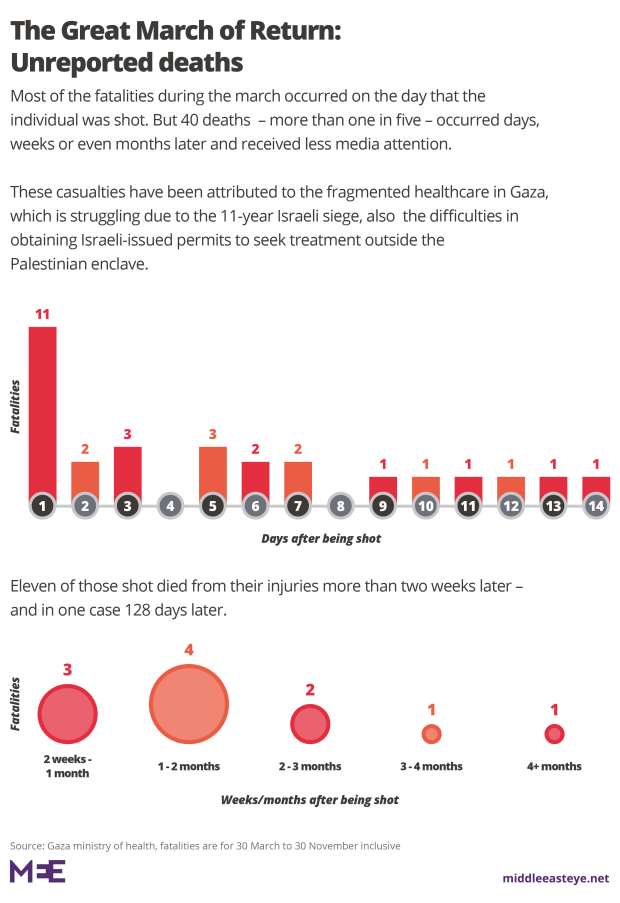 September: Casualties rise again
September: Casualties rise again
After a slow-down in deaths during the summer, fatalities related to the Great March rose again as Egyptian efforts for a Hamas-Israel deal seemingly collapsed.
Israeli forces fatally shot 20 Palestinians in September, including 11-year-old Shadi Abd al-Aal, the youngest fatality of the March.
Meanwhile, the United States announced that it was cutting all its funding to UNRWA, the United Nations agency for Palestinian refugees, sparking employee strikes.
Palestinians in Gaza also marked with bitterness the 25th anniversary of the Oslo Accords.

147. Bilal Mustafa Khafaja, 17, from the Rafah governorate, died after being shot in the chest on 7 September east of Rafah.
148. Ahmed Musbah Abu Tuyur, 16, from the Rafah governorate, was shot on 7 September east of Rafah city, succumbing to his wounds a day later on 8 September. A video shared on social media – whose authenticity could not be confirmed by MEE – purported to show the teen’s death.
149. Mohammed Bassam Mohammed Shakhsa, 25, from the Gaza City governorate, died after being shot in the head on 13 September east of Gaza City.
150. Shadi Abd al-Aziz Abd al-Aal, 11, from the North Gaza governorate, died after being shot in the head on 14 September east of Jabaliya as he was reportedly throwing stones some 70 metres from the boundary – too far to reach soldiers stationed behind the fence. He is the youngest Palestinian killed by Israeli forces during the March of Return so far.

151. Hani Ramzi Afana, 21, from the Rafah governorate, died after being shot in the chest on 14 September east of Rafah.
152. Mohammed Khalil Ghazi Shaqura, 21, from the Deir al-Balah governorate, died after being shot in the chest on 14 September east of al-Bureij.
153. Naji Jamil Abu Assi, 17, from the Khan Younis governorate, died after being hit by an Israeli missile on 18 September east of Khan Younis, alongside his cousin Alaa Abu Assi (below).
154. Alaa Ziyad Abu Assi, 20, from the Khan Younis governorate, died after being hit by an Israeli missile on 18 September east of Khan Younis, alongside his cousin Naji Abu Assi (above).
155. Mohammed Ahmed Abu Naji, 33, from the North Gaza governorate, died after being shot in the chest on 18 September near Beit Hanoun.

156. Ahmed Mohammed Muhsin Omar, 23, from the Gaza City governorate, died after being shot in the chest on 18 September near Beit Hanoun, only one day before his birthday.
157. Moamin Ibrahim Abu Eyada, 15, from the Rafah governorate, died after being shot in the head on 19 September east of Rafah.
158. Karim Mohammed Ali Kollab, 25, from the Gaza City governorate, died after being shot on 21 September east of Gaza City.
159. Imad Woud Ishteiwi, 21, from the Gaza City governorate, died after being shot in the head on 23 September east of Gaza City.
160. Mohammed Fayez Salim Abu al-Sadaq, 21, from the Gaza City governorate, was killed on 24 September in northern Gaza.

161. Mohammed Nayef al-Houm, 14, from the Deir al-Balah governorate, died after being shot in the lower back on 28 September east of al-Bureij.
162. Mohammed Ashraf al-Awawdeh, 23, from the Deir al-Balah governorate, died after being shot in the chest on 28 September near al-Bureij.
163. Iyad Khalil Ahmed al-Shaer, 18, from the Gaza City governorate, died after being shot in the chest on 28 September east of Gaza City.

164. Mohammed Walid Mustafa Haniyeh, 32, from the Gaza City governorate, died after being shot in the face on 28 September east of Gaza City.
165. Nasser Azmi Mohammed Musbeh, 12, from the Khan Younis governorate, died after being shot in the head on 28 September east of Khan Yunis.
166. Mohammed Ali Mohammed al-Anshasi, 19, from the Khan Younis governorate, died after being shot in the stomach on 28 September near al-Bureij.
October: Calls for Gaza crackdown
Gaza’s ministry of health recorded 22 Palestinian fatalities relating to the Great March in October, as far-right Israeli politicians called for a stronger crackdown on the protests and a “strong blow” against Hamas – up to and including the possibility of all-out war.
The Israeli army launched nearly 90 air strikes on 27 October alone in the highest-intensity offensive on Gaza since the summer, with Palestinian factions firing some 35 rockets.
Meanwhile Qatar stepped in financially to address the humanitarian crisis in Gaza with Israel’s approval, paying for fuel imports and civil servant salaries.

167. Ahmed Samir Abu Habil, 15, from the north Gaza governorate, died after he was hit by a high-velocity tear gas canister that lodged itself in his head on 3 October near Beit Hanoun.
168. Mahmoud Akram Mohammed Abu Samaan, 24, from the Gaza City governorate, died after being shot in the chest on 5 October east of Gaza City.
169. Fares Hafez al-Sirsawi, 13, from the Gaza City governorate, died after being shot in the chest on 5 October east of Gaza City.
170. Hussein Fathi al-Raqab, 19, from the Khan Younis governorate, died after being shot in the head on 6 October near Khan Younis.

171. Abdullah Barham Suleiman al-Daghmeh, 24, from the Khan Younis governorate, was shot and killed on 12 October.
172. Ahmed Abdullah Abu Naim, 17, from the Deir al-Balah governorate, was shot and killed on 12 October.
173. Ahmed Ibrahim Zaki al-Tawil, 27, from the Deir al-Balah governorate, was shot and killed on 12 October.
174. Mohammed Abd al-Hafez Yousef Ismail, 29, from the Deir al-Balah governorate, was shot and killed on 12 October.
175. Tamer Iyad Abu Ermana, 21, from the Rafah governorate, was shot and killed on 12 October.

176. Mohammed Ashraf Mohammed al-Awada, 21, from the Rafah governorate, was shot and killed on 12 October. The Popular Front for the Liberation of Palestinian (PFLP) announced after his death that he had been a member.
177. Afifi Mahmoud Atta Afifi, 18, from the Gaza City governorate, was shot and killed on 12 October.
178. Mohammed Issam Abbas, 21, from the Gaza City governorate, was shot and killed on 12 October.
179. Saddam al-Abed Mohammed Abu Shalash, 27, from the North Gaza governorate, was shot on 15 October near Beit Lahiya, succumbing to his wounds a day later on 16 October.
180. Muntaser Mohammed Ismail al-Baz, 17, from the Deir al-Balah governorate, died after being shot in the head on 23 October near al-Bureij.

181. Mohammed Khaled Mahmoud Abd al-Nabi, 27, from the North Gaza governorate, was killed on 26 October east of Jabaliya.
182. Nassar Iyad Abu Tim, 19, from the Khan Younis governorate, was shot and killed on 26 October east of Khan Younis.
183. Ahmed Sayid Abu Lubda, 22, from the Khan Younis governorate, was shot and killed on 26 October east of Khan Younis.
184. Ayesh Ghassan Shaat, 23, from the Khan Younis governorate, was shot and killed on 26 October east of Khan Younis.
185. Mujahid Ziyad Zaki Aql, 23, from the Deir al-Balah governorate was shot on 26 October and succumbed to his wounds a day later on 27 October.

186. Yahya Bader Mohammed al-Hassanat, 37, from the Gaza City governorate, was shot in the head on 26 October east of al-Bureij. He died from his wounds two days later on 28 October.
187. Ahmed Khaled al-Najjar, 21, from the Khan Younis governorate, was shot in the stomach with an expanding bullet on 26 October east of Khan Younis, succumbing to his wounds 13 days later in a hospital in the West Bank, on 7 November.
188. Mohammed Abd al-Hay Abu Ubada, 27, from the Gaza City governorate, was shot and killed on 30 October near Beit Lahiya. Abu Ubada had been injured three times since the beginning of the March of Return.
November: Israeli raid
The expectation might be that the situation in Gaza was relatively calm in November, given that there were only two fatalities related to the Great March.
Far from it. On 11 November, an undercover Israeli squad was discovered deep inside Gaza, sparking a deadly exchange of fire and the subsequent resignation of Israeli Defence Minister Avigdor Lieberman in protest at a ceasefire agreement. Meanwhile, Hollywood stars collected $60m for the Israeli army in a highly criticised fundraising gala.

189. Mohammed Alaa Mahmoud Abu Shabin, 20, from the Rafah governorate, was shot and killed on 8 November east of al-Maghazi refugee camp.
190. Rami Wael Ishaq Qahman, 28, from the Rafah governorate, died after being shot in the neck on 9 November east of Rafah.
*
Note to readers: please click the share buttons above. Forward this article to your email lists. Crosspost on your blog site, internet forums. etc.
Photo sources
March: Israel-Palestine Timeline: 1-3, 5, 6, 10-15, 18, 19; International Middle East Media Center (IMEMC): 7-9, 16.
April: Israel-Palestine Timeline: 23, 25, 26, 28, 31, 34, 37, 42; IMEMC: 20, 21, 29, 32, 35, 38, 41, 43, 44; Middle East Eye: 33; Ma’an News Agency: 39; social media: 40.
May: Israel-Palestine Timeline: 45, 48- 50, 53-57, 60-62, 69, 70-76, 78-80, 83, 84, 90, 101, 108, 113; IMEMC: 46, 47, 103-107, 109-112, 114, 115.
June: Israel-Palestine Timeline: 122, 130; IMEMC: 119-121, 123, 124, 127, 128; Middle East Eye: 118; Defense for Children Palestine: 125.
July: Israel-Palestine Timeline: 131, 137, 138; IMEMC: 134, 135, 136, 139.
August: IMEMC: 140, 141, 143, 144, 146; Middle East Eye: 142.
September: Israel-Palestine Timeline: 151-156; IMEMC: 147, 149, 157-166.
October: Israel-Palestine Timeline: 168-175, 177, 183-186, 188; IMEMC: 167, 178, 180.
November: Israel-Palestine Timeline: 189, 190.
Featured image is from Maan News Agency
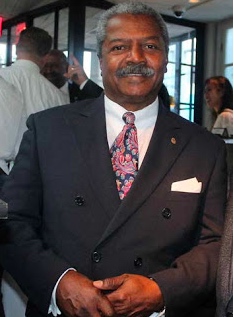
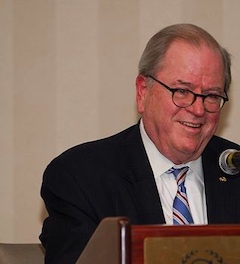


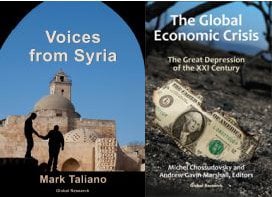



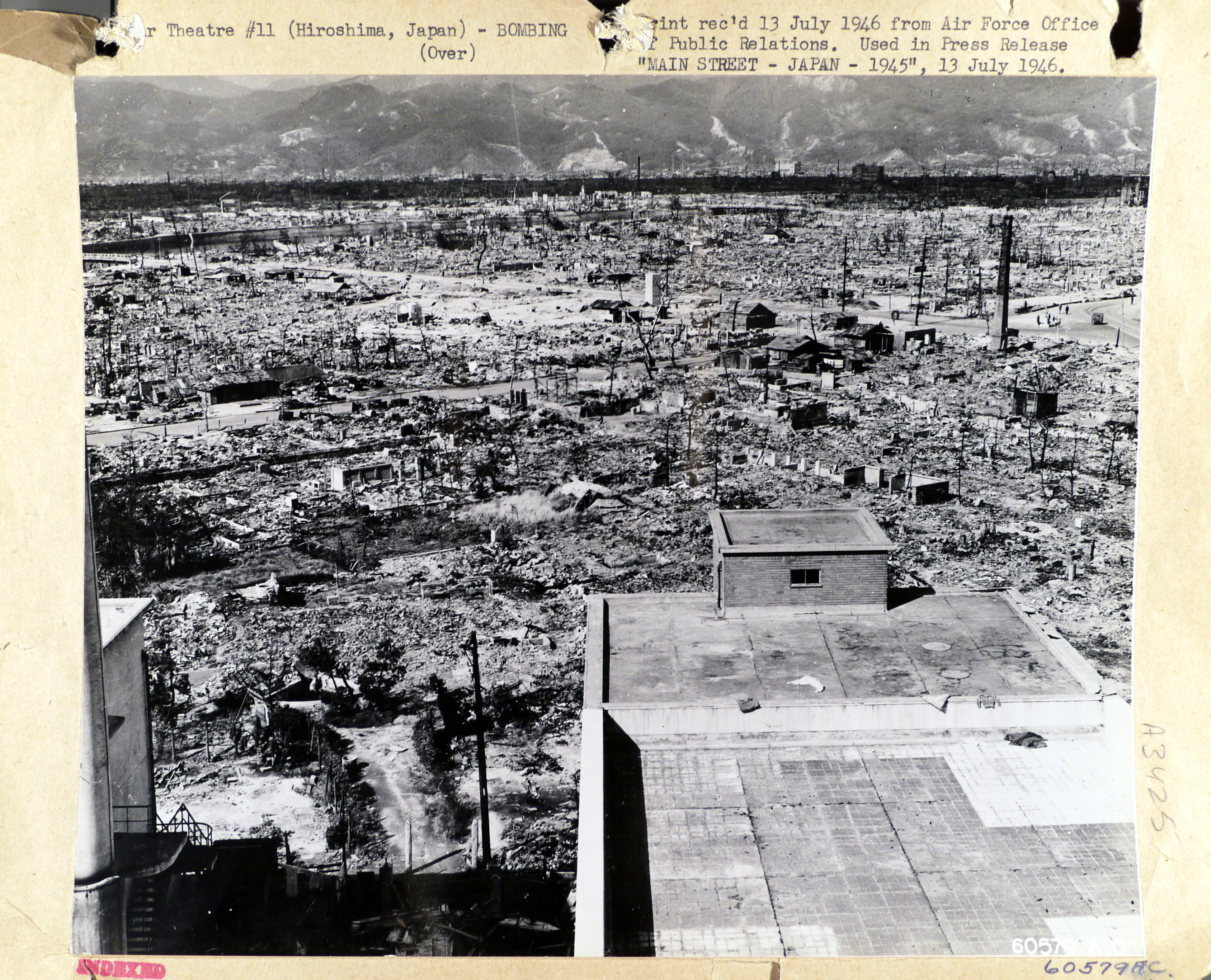
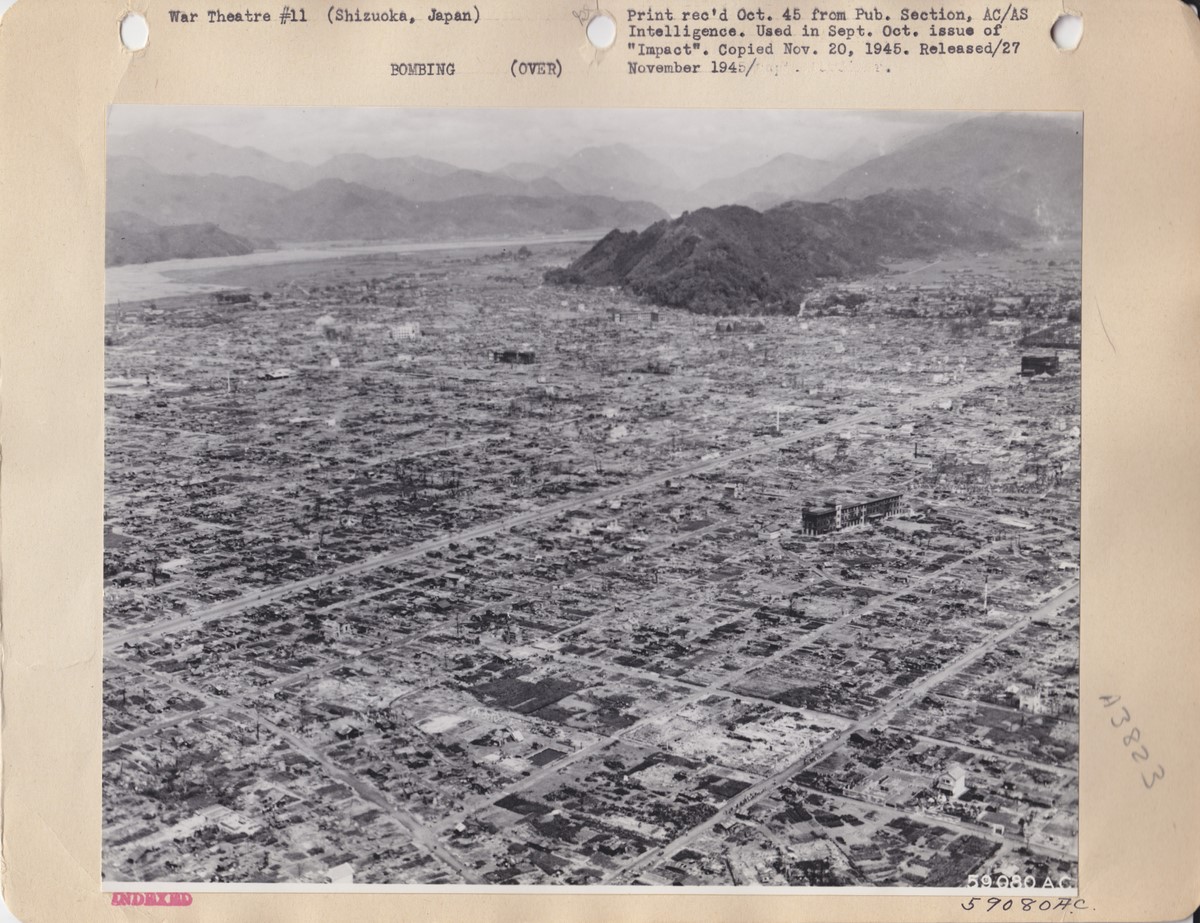
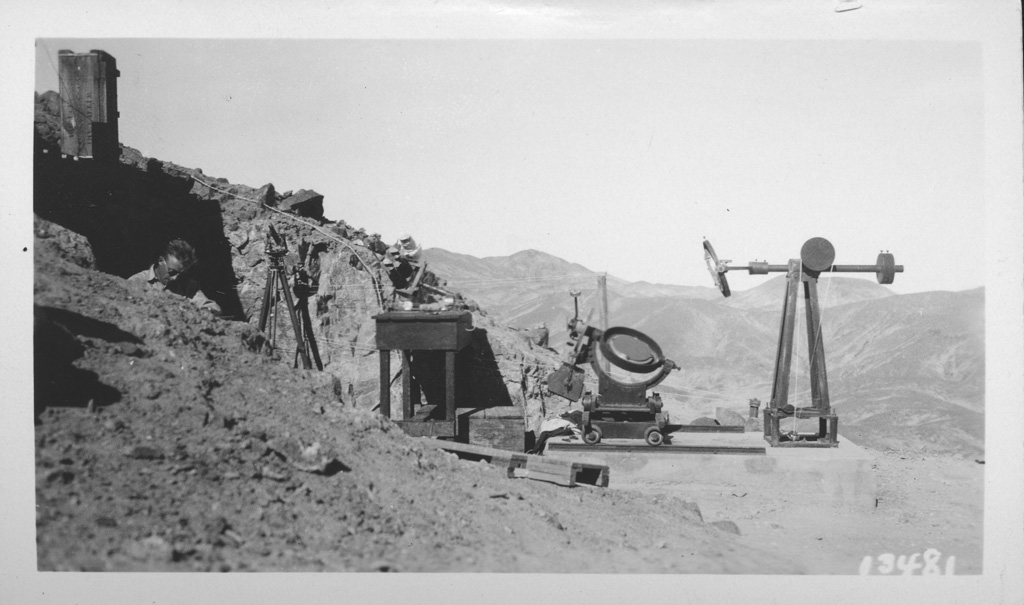
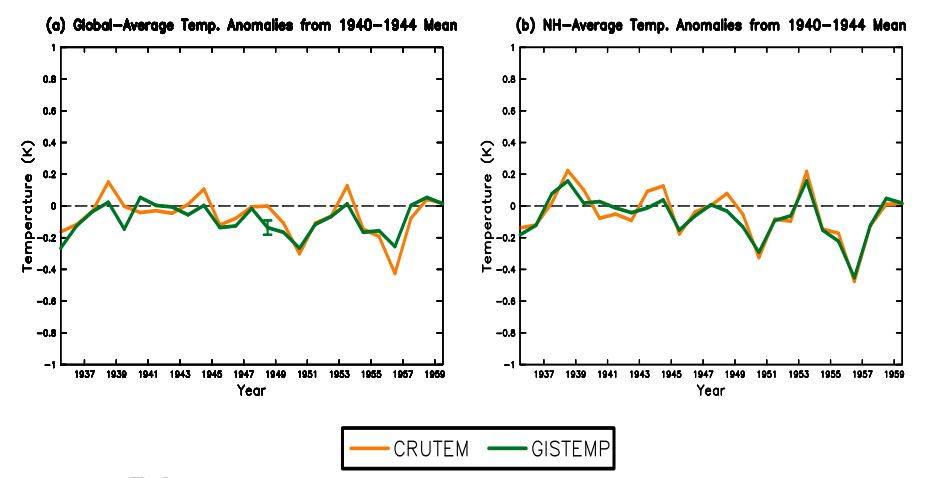
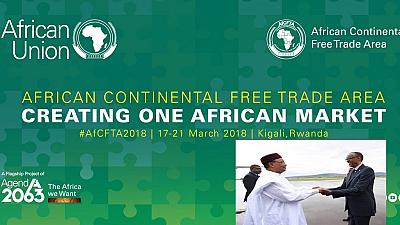
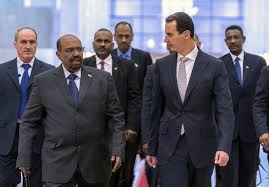
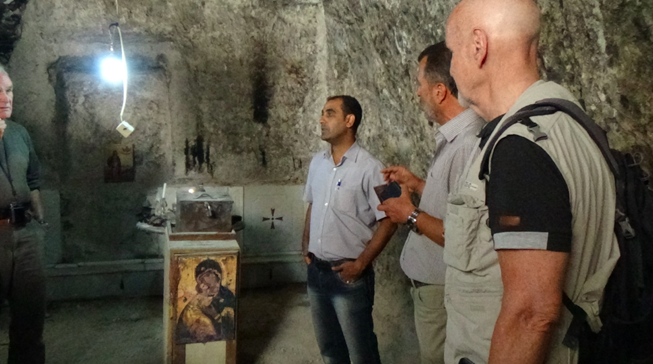

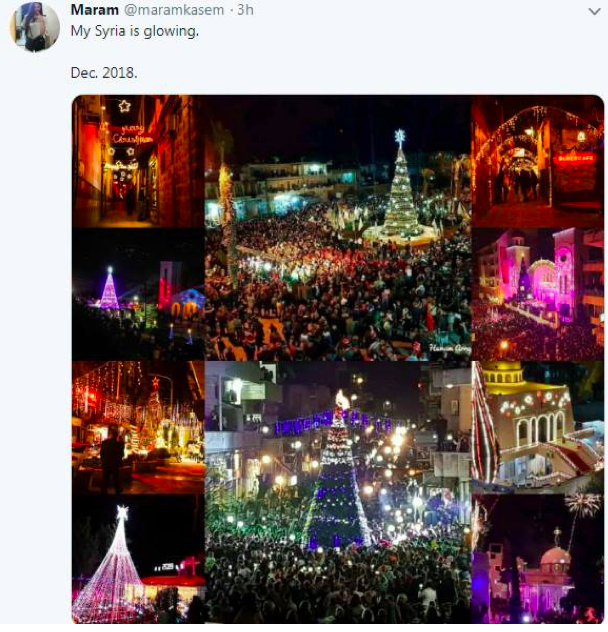









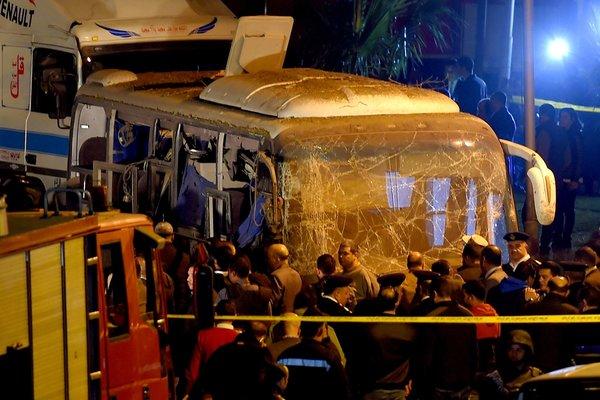

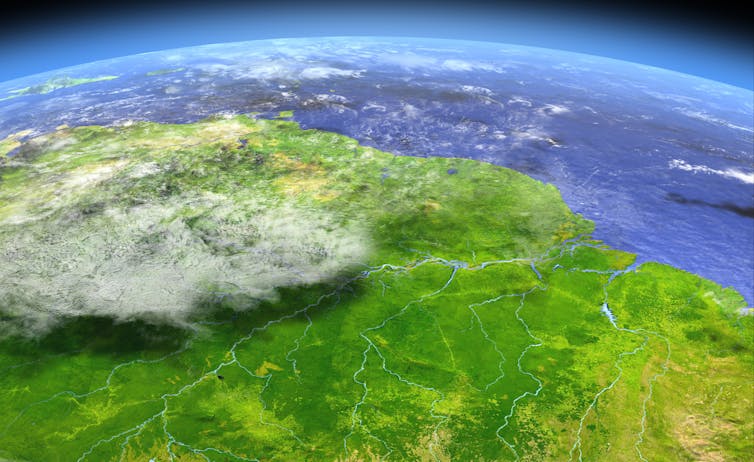





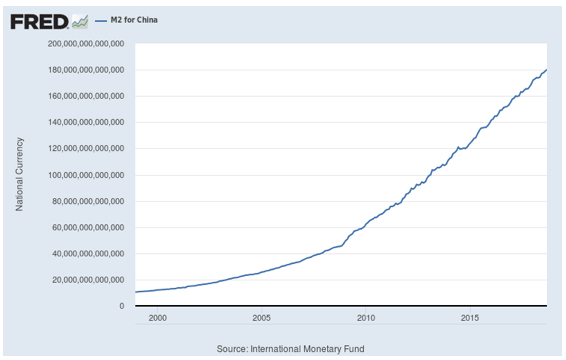
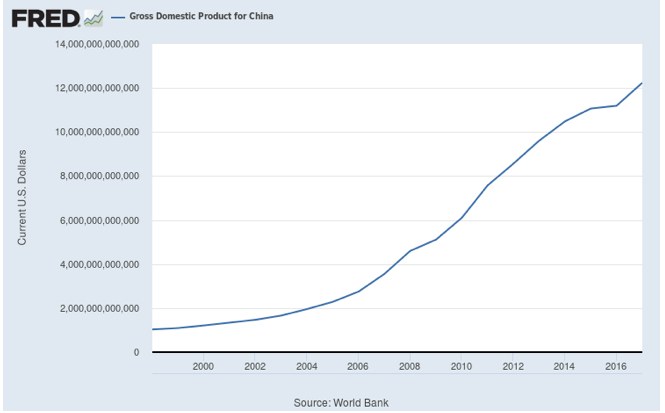
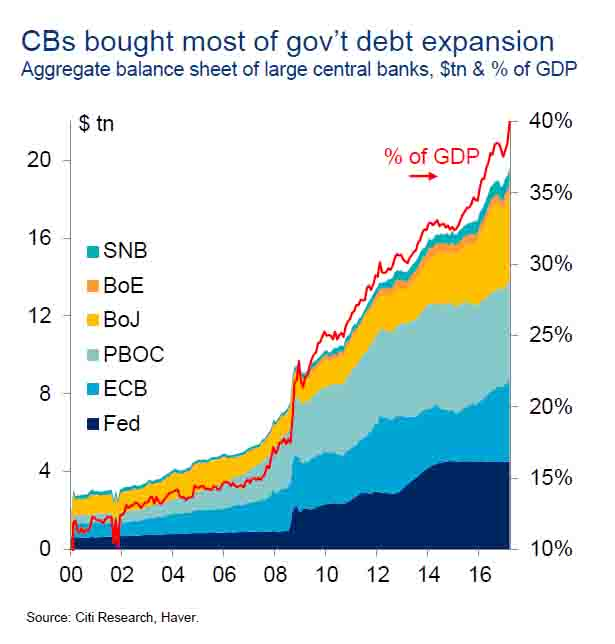

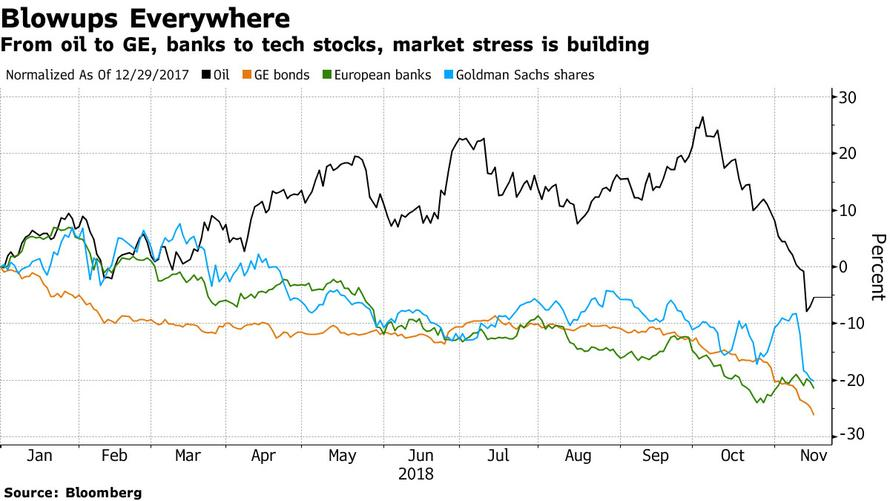
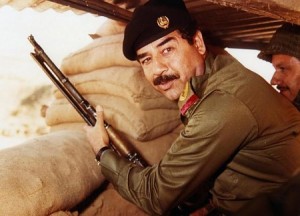











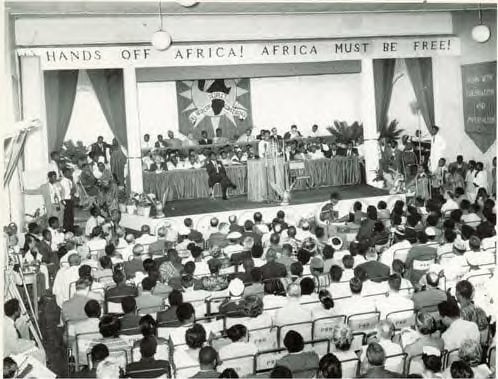
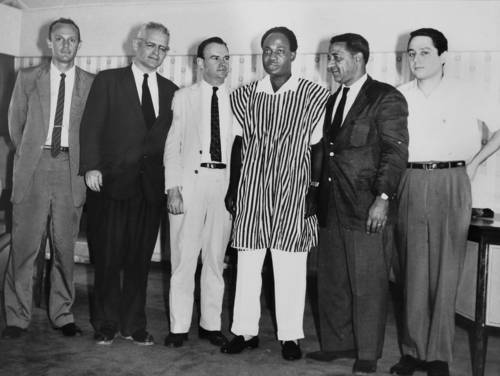





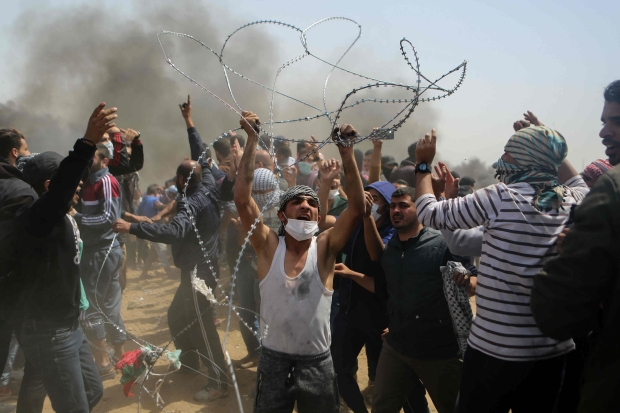






















 June: Medic among the dead
June: Medic among the dead







 September: Casualties rise again
September: Casualties rise again








































